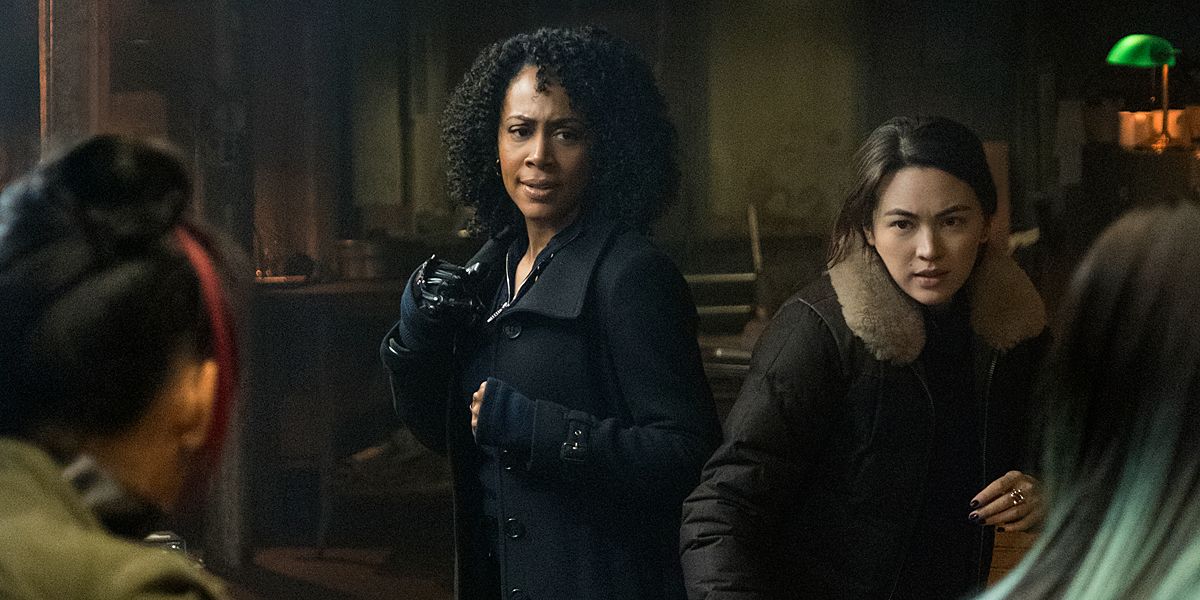In the shadow of colonialism, exoticism, and deeply ingrained Hollywood stereotypes, Daughter of the Dragon (1931) stands as both a cinematic relic and a complicated cultural milestone. Starring the trailblazing Anna May Wong, the first Chinese-American movie star to gain international fame, this film is remembered for its blend of pulp villainy, early crime thriller sensibilities, and its tangled legacy of representation.
While its themes and characters are undeniably rooted in outdated views and orientalist fantasy, the film also features one of the few leading roles for an Asian actress in early Hollywood — a rarity in its time. With modern eyes, Daughter of the Dragon is both a symbol of missed opportunity and a foundation upon which something bolder, richer, and more nuanced could be built.
The film serves as a continuation of the Fu Manchu stories, with the infamous Chinese criminal mastermind making only a brief appearance (played by Swedish actor Warner Oland in yellowface). The real focus is on his daughter, Princess Ling Moy, portrayed by Anna May Wong.
After Fu Manchu is mortally wounded by police, he passes his legacy of vengeance to Ling Moy, urging her to avenge the family name against the Petrie family — particularly Ronald Petrie, the British police officer responsible for his demise. Torn between filial loyalty and her growing love for Ronald, Ling Moy becomes entangled in a web of espionage, betrayal, and forbidden romance.
Eventually, she must choose between fulfilling her father’s wishes or forging a different path — one rooted in autonomy, not inherited vengeance. Ultimately, she sacrifices herself in a final act that blurs the lines between heroism and tragedy.
Daughter of the Dragon is remarkable for one major reason: Anna May Wong was top-billed, a rarity for an Asian actor in the 1930s, especially in a mainstream American production. She was intelligent, magnetic, and captivating on screen. However, even as she broke barriers, she was often relegated to roles that leaned into Western fantasies of the “Dragon Lady” — mysterious, dangerous, and doomed.
Wong’s portrayal of Ling Moy is elegant and layered, even when the script flattens her into tropes. She brings dignity to a role that, on the page, was shaped by racist expectations. Her presence challenges and transcends the caricature she was written to play.
For many Asian-American viewers and film historians, the film represents both progress and frustration. It showcases an incredible talent, yet ties her to a narrative built around fear of the East — a trope still present in some modern media.
In a contemporary revival or sequel, the story could be powerfully reframed — transforming the outdated tropes of the original into a narrative of empowerment, identity, and decolonization.
Set in modern-day London and Hong Kong, the story follows Mei Ling Chen, a brilliant forensic linguist and cultural historian. When a string of mysterious murders target descendants of British colonial officials, all signed with the emblem of an ancient Chinese dragon, Mei Ling is pulled into a mystery tied to her family history.
She learns that she is the descendant of Princess Ling Moy, whose true story — buried in colonial records — was one of resistance, not terrorism. As Mei Ling digs deeper, she uncovers a hidden society called The Crimson Veil, whose goal is to restore justice for crimes buried under centuries of imperialism.
Torn between her work with British intelligence and the allure of her ancestral legacy, Mei Ling must decide: uphold the system that silenced her family… or finish what Ling Moy started — but on her own terms.
This sequel or reimagining wouldn’t just be about revenge or action — it would be about reclaiming history, challenging inherited shame, and rewriting stereotypes. Where the original portrayed the “Orient” as dangerous and unknowable, this new film would turn the lens inward: examining how identities are shaped by stories told about us — and what it takes to tell our own.
Mei Ling’s journey would be about redefinition, transforming the legacy of the “Dragon Lady” into one of complexity, courage, and truth.
In the age of representation, inclusion, and cultural reevaluation, revisiting Daughter of the Dragon offers a unique opportunity. It’s a chance to honor Anna May Wong — who never got the full, complex roles her talent deserved — and to continue her legacy with bold, modern storytelling.

Imagine a film that finally gives her character the depth denied to her — not just a seductress or villain, but a revolutionary, a historian, a mother of movements.
Daughter of the Dragon (1931) is a flawed but fascinating artifact — a film that gave one of cinema’s earliest Asian-American stars the spotlight, even while dimming her range with exoticist shadows.
A modern reimagining could take that flickering light and turn it into fire — transforming a once-feared “dragon” into a symbol of strength, self-determination, and legacy reawakened. It’s time the Daughter of the Dragon rose again — not to carry her father’s vengeance, but to tell her own story.



-1751517706-q80.webp)


